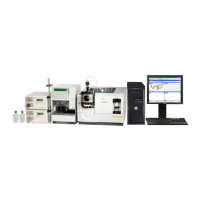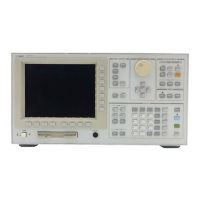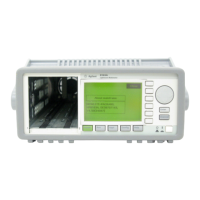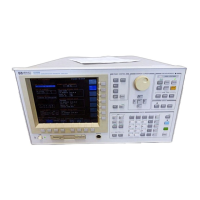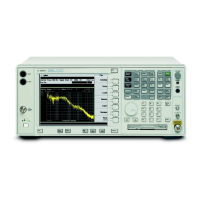Improving Accuracy
Averaging and windowing are measurement techniques that help to improve
the accuracy of a measurement.
Averaging
Use measurement averaging to reduce the statistical variance of a measurement
with a random excitation function. Averaging also reduces the effects of
nonlinearities.
RMS averaging, which is also called “power” averaging, is calculated by
squaring all the values, adding the squares together, dividing by the number of
measurements (mean) and taking the square root of the result. RMS averaging
is a good technique for determining the average power level. It does not
improve the signal-to-noise ratio. RMS averaging only makes a more accurate
estimate of the total signal plus noise power.
Linear averaging improves the signal-to-noise ratio of a measurement, but it
can only be used if a trigger signal which is synchronous with the periodic part
of the spectrum is available. (The periodic part of the input will always be
exactly the same in each time record whereas the noise will vary.) Linear
averaging is calculated by adding together a series of synchronized triggered
measurements and dividing by the number of records. The noise is different in
each time record and will tend to average to zero.
Agilent 35670A
Measuring Structures Operator's Guide
2-6
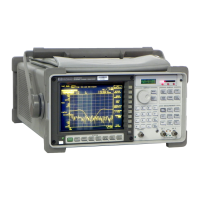
